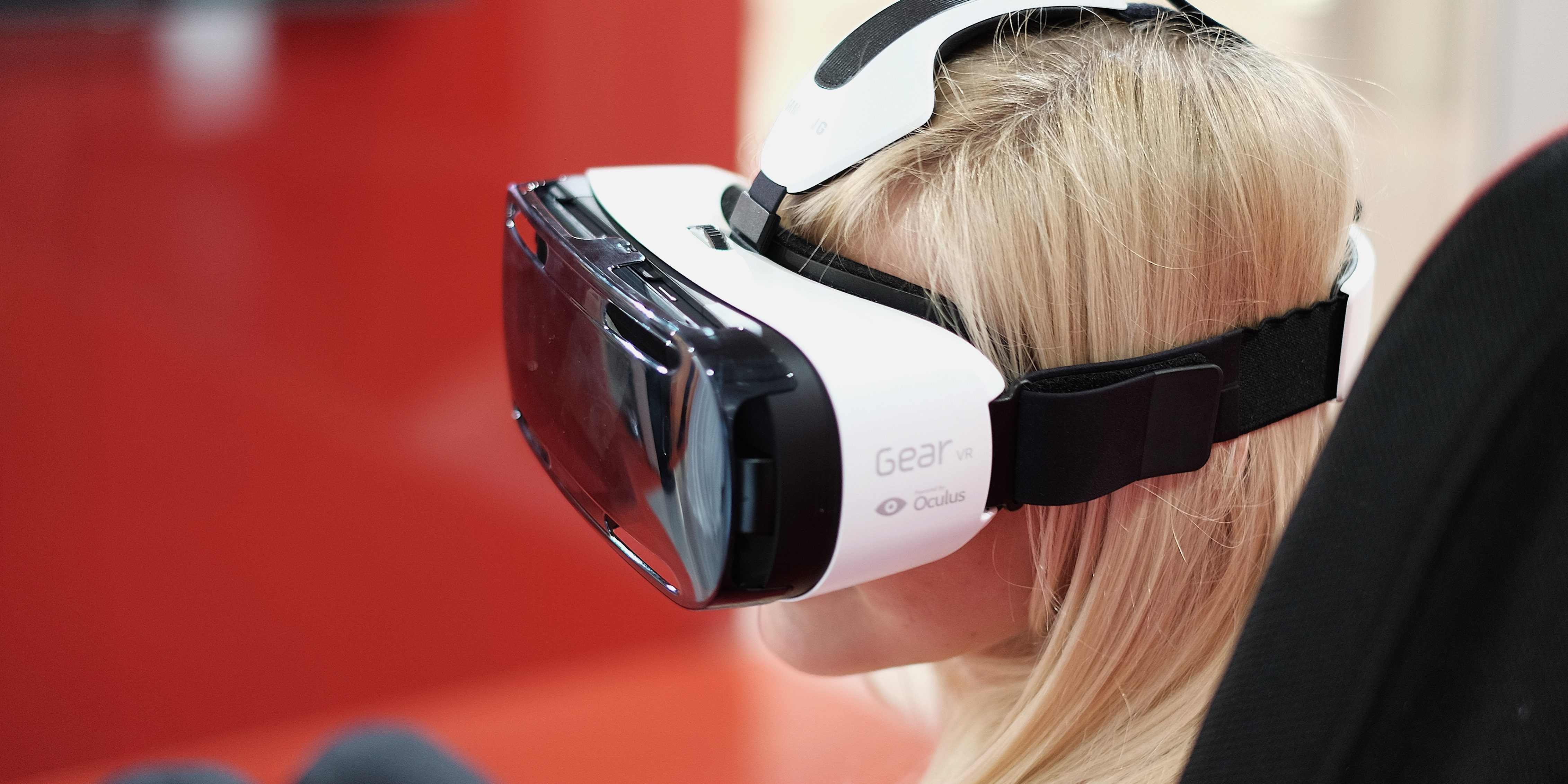The possibilities of VR appear to be endless. As explained in my previous blog, there is more to VR than gaming. For example, in healthcare, VR can help surgeons perform surgery and help people understand the effects of debilitating injuries and disorders.
Healthcare is not the only area that can benefit from VR. Our education systems are one of the most important institutions in our world today and appear to be at the forefront of Facebook’s plans. Last week they acquired Oculus for US$2 Billion with visions of transporting people to worldwide virtual classes.
The cone of experience
Edgar Dale states that humans generally remember 10% they read, 20% they hear and 30% they see. However 90% of humans remember putting things into practice like: analysing, defining, creating or evaluating. If humans remember more so what they do than what they learn through theory, virtual reality will be seen as an asset walking you through certain scenarios.

Education
Looking at the cone of experience we can see that the subject matter isn’t being properly processed theoretically, therefore we need to find a new solution. Could it be VR? By participating in different educational VR programs, students could put their work into practice through various scenarios. This could help students prepare for the real world, understanding how things work and the associated dangers without being put in actual jeopardy. Here is a teaser of what we could expect both in and out of the classroom.

History
The virtual experience of being able to travel back in time and learn about the time period first hand could certainly help inject some fun into History/Humanities class. It is already possible to have an Excellent Adventure just like Bill and Ted with Public VR. Public VR allows the user to ride through the veins of history through a series of immersive programs. You can be transported back to 1912 for the maiden voyage of the Titanic, take a tour around the Temple of Horus in 57 BC or investigate what happened to the Mayans with the Ghosts of Tikal.
Science
Public VR also has scientific programs enabling students totravel through forests identifying different trees and leaves. More advanced level students can learn about about biomass or biodiversity. Other programs include understanding the properties of ice, looking at both space and the poles and looking into the eye of a hurricane, analysing storms. On the astronomy front, Immersive Education offers a recreation of the Apollo 11 mission to the Moon. Its one giant leap for mankind and one virtual leap for education, with many more VR interactions in the pipeline.
Higher education and job training
This isn’t just for children. VR can also be used in both work settings and universities. My last blog looked at using VR to conduct surgery but that is not the only way to use it. VR allows you to solve complex problems without costing the company or education authorities. It helps people to improve their skills through repetition in a safe and controlled environment.
In the future VR could even be used as part of the job application process. Assessment centres could be replaced with recruitment days where the applicants are put through certain problem solving scenarios. Applicants that perform best will progress to the next round of interviews.
It’s not as farfetched as it sounds.
If you missed our first instalment of VR: Changing the future through the world of healthcare then check it out now.
Thank you for reading. If you enjoyed this blog please check out our other offerings in the storybook
[Any other non-sourced imagery was found on an advanced google image search for commercial resuse only]







